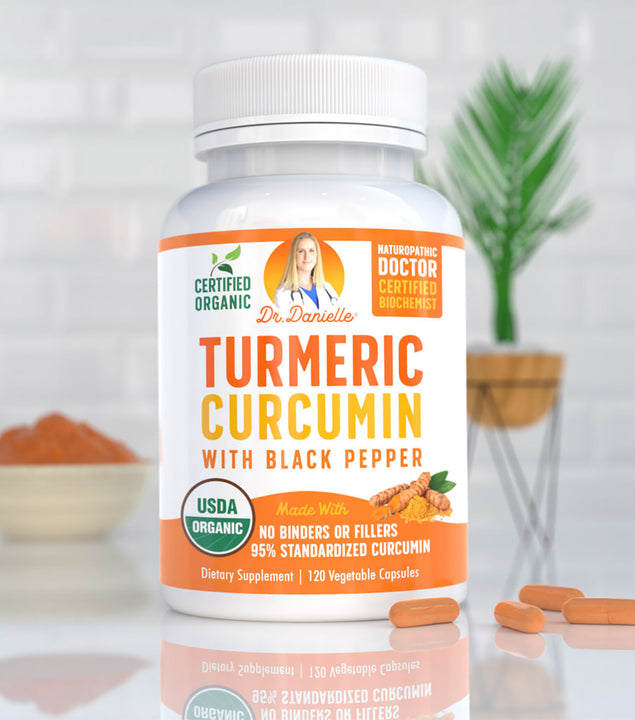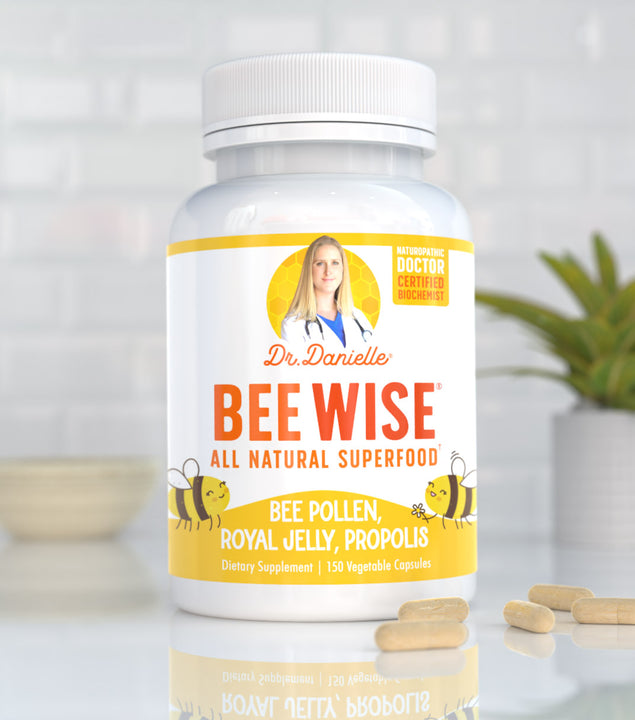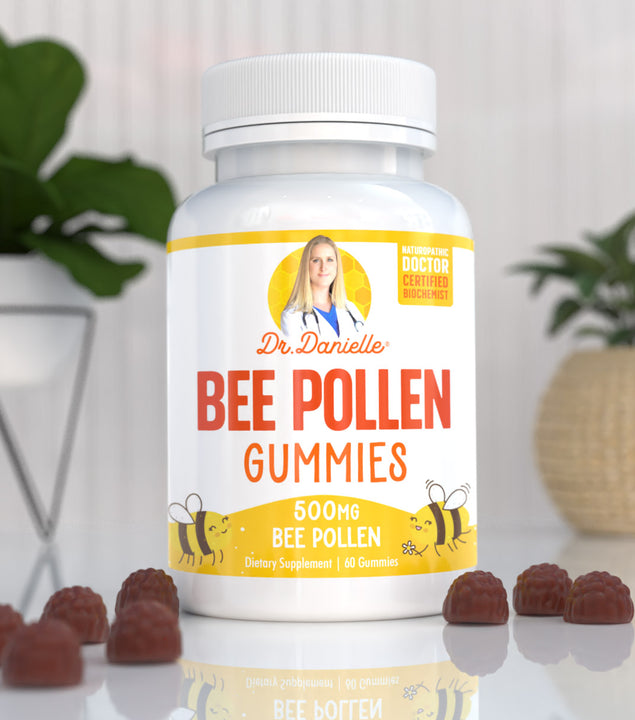More people are becoming health-conscious these days. The all-too-common sedentary lifestyle, unhealthy dietary habits, and consequently, a rising rate of comorbidities, are awakening many to become health-conscious, especially in terms of what they put in their bellies. One aspect that has been specifically gaining popularity in this regard is reading food labels. (1)
Instead of blindly eating any food that appeals to the eyes, people are now starting to go through the food labels i.e. small tables printed at the back of these products with details on their ingredients, serving size, etc.
But can you really read a label accurately? It may be trickier than you think.
According to a survey, almost half of the world’s consumers find it difficult to go through a food label and make sense out of it. (2) This article will help all such people understand food labels so that they can understand exactly what they are eating.
Tips To Read Food Labels Easily

The following tips can help you understand what’s exactly inside a product before you choose to buy it.
#1 - Don’t fall for the claims mentioned on the front
The next time you are in a supermarket, observe all items closely. You will notice that a lot of them come with various claims printed on the front. Don’t fall for them. Consider these claims as form of advertisement by the company selling the food item.
Some of these marketing pitches like “light” and “low fat” are government-approved yet they mostly do not tell you the whole story about what’s in the product. And there are high chances that these products are high in fat, salt, sugar, and calories. One common example is “light” ice cream that, despite the claim, may still provide you with up to 5 grams of fat per serving with as many calories as regular ice cream.
So, it is important not to pass a judgment or label a product as “healthy” based on claims regarding one ingredient only. After all, your favorite fat-free product might have a lesser amount of fat but may be full of sugar and calories at the same time.
#2 - Always go through the ingredients list and nutrition facts
Going through the ingredients list as well as the nutrition facts is always a good idea as they can help you decide if a certain food item is healthy or not. For example, you may find crackers advertised as “trans-fat free” but if you check its ingredients list, you may find palm oil and partially hydrogenated oils in their composition that can be just as bad as the trans-fat. (3)
#3 - Determine the serving size
For those who do not know, the government has taken measures to standardize most of the serving sizes; however, there are many products that still offer very small sizes. For example, a single serving of an oil spray is only 0.25 grams which makes up around 120th of an ounce.
#4 - Look for the number of servings included in one product
A few decades ago, the food companies used to manufacture products in such a way that they only had a single serving. A bottle of soda back then used to have a single serving. Similarly, a regular candy bar was also considered as a single serving.
Today, most of these products have been increased in size and now contain more than one serving. For example, a bottle containing 20 ounces of soda approximately contains 2.5 servings. Knowing the number of servings per product is important to estimate its total caloric value. More on this can be found in the next tip.
#5 - Check for calories per serving
A lot of people believe that if there is “110 calories” mentioned on a soda bottle of 20 ounces, it means that they will be drinking around a hundred calories. What they fail to realize is that this calorie count is for a single serving and to estimate the total calories, you must multiply this number with the number of servings that a single bottle of soda offers e.g. 2.5. This means that gulping down an entire bottle of soda means that you are, in fact, consuming a whopping 275 calories. Sneaky, isn’t it!?
#6 - Estimate the calories coming from fat
This can be easily found under the Nutrition Facts label. This label may not tell you the percent of calories that come from fat so, to estimate that, you will have to do a little math on your own. To find out the exact percent of calories that comes from fat in a certain product, divide the number of calories coming from fat by the total calories in it. For example, if a food item has a total of 150 calories and 50 of them come from fat, this means that 33% of its calories come from fat.
Once you know this information, you won’t get fooled by claims like “2% fat milk” or “99 percent fat-free.” Remember that such claims are according to the percent of weight instead of calories.
#7 - Check how much sodium is in it
Instead of looking at the daily value of sodium and comparing it with the amount mentioned on a product label, there is something else that you can do.
Check the amount of sodium in milligrams per serving of the product. It’s that simple.
Next, try limiting the amount of sodium (in milligrams) to the number of calories per serving. Remember to stick to the rule of having no more than 1500 mg of sodium per day. Too much of it can contribute to several diseases on top of which is hypertension. (4) You might be surprised to find how many foods, especially processed foods, are loaded with sodium.
#8 - Check what kind of fats are included
Next, make sure that you check the types of fat included in every product you buy. If you find tropical oils, partially hydrogenated fats, or saturated fats listed among other ingredients, leave it right there!
Some common names to watch out for include lard, shortening, palm oils, cocoa butter, and margarine. All these are damaging to your health. (5)
Monounsaturated fats like canola and olive oil, and polyunsaturated fats like soybean, sesame, corn, and safflower are less damaging and can be considered usable on a daily basis. However, you still need to be mindful of the percent of calories you consume from fat i.e. not more than 20% daily. Cross this limit and you will watch your waistline stretching in no time. To think, just a tablespoon of oil usually sets you back 120 calories.
#9 - Watch out for sugar
As far as sugar is concerned, you have one important goal to stick to - limiting caloric sweeteners.
Beware of sugars and caloric sweeteners that may not seem like sugar to you at first but they, in fact, are and can harm your health. Common examples of such ingredients include molasses, maple syrup, corn syrup, barley malt, malted barley, honey malted barley, and any ingredient that ends in –ol and –ose like sorbitol and dextrose, respectively.
Make sure to avoid sugar as much as you can. And even if you do need to consume a product that contains it, make sure that these added, concentrated, and refined sugars do not make up for more than 5% of your daily calories. In simpler words, this means up to 2 tablespoons only.
Keep in mind that the naturally occurring sugars in fruits are not dangerous, so you shouldn’t be worrying about them.
So here is what you can do: go through the ingredients list and kick out all products with added caloric sweeteners listed among its top five ingredients. This is because, in most products, the ingredients are mentioned in descending order of weight. So the lower down the list you find these sugars, the better. Next time you are looking at some muffins, take a look at the ingredient list. In many you will find sugar as the first ingredient used. Meaning they are loaded with sugar! Yikes!
#10 - Ensure that any grains in the list are whole grains
Many types of pasta and bread are advertised as “whole wheat” yet, if you check their ingredients list, you will find wheat flour listed on the very top. While you may consider wheat flour as healthy, it is actually a refined variety of flour and can be dangerous. As you move down the list, you may also come across bran or whole-wheat flour, too.
Always go for products that only contain whole grains and one way to confirm this is to check their fiber content. If a product provides at least 3 grams of fiber per serving, it is most likely whole grain.
Concluding Remarks

Now that the food market is constantly expanding and releasing thousands of new products every year, the importance of reading the food label before buying a product has increased more than ever. If a certain product sounds too good to be true, it possibly might be. A lot of companies are trying to cash in on the diet craze by introducing all sorts of unhealthy products labeled as healthy. What’s worse is that a lot of these products are not even regulated at all.
So the next time you are visiting a supermarket for grocery shopping, spend some time trying to read labels of different products. It will take some time to understand them at first; however, with practice, you will become an expert soon enough. Use this newly gained knowledge to sort out the products that are really healthy while kicking out the ones that might be dangerous for you.
Remember, reading labels might be time-consuming but it is extremely important to live a healthy life. Your health is worth it, after all.
What are your tips and tricks to reading food labels? Leave them in the comments below.








